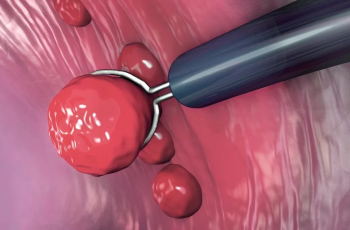Micheal Mosley is a medical reporter who popularized the 5:2 diet in the United Kingdom during the 2010s. The 5:2 diet is a form of intermittent fasting that involves restricting calories on two days of each week. The plan allows followers to eat whatever they want for the other five days. There is no need to monitor or restrict calories. On all plan days, patients can choose from a wide variety of food and beverages.
When searching for the best diet to lose weight, many people will look at the 5:2 plan. There are many ways to adapt the 5:2 diet. Clean fasting and keto fasting are two of them. Before starting any weight-loss diet that involves fasting, patients should consult their doctor to make sure they can follow the plan safely. Before starting, they should also understand the concept of intermittent fasting and the 5:2 Diet.
Intermittent Fasting Basics

Fasting intermittently is a method of fasting for a specific and short period. Some of the most common methods include limiting eating to a certain number of hours each day. Patients may, for example, choose to fast during 16 hours and eat all their food in eight hours. This method is used most often by people who are new at intermittent fasting. Individuals may reduce the eating window as they become more familiar with this method of eating. Most common approaches require the patient to eat all their meals in six hours and fast for 18 hours. Some patients allow themselves a 4-hour window of eating with a 20-hour fast.
During this time, patients eat their normal meals. There is no need to change the patient’s diet or count calories. The patient can eat as normal, but must adhere to a strict time limit. To make the fasting hours more manageable, many patients begin by fasting over night and then eating breakfast several hours later. After adjusting, they can restrict their eating time even further. During fasting periods, patients are usually advised not to eat anything. They are permitted to drink as much water, herbal tea and other calorie free beverages as they want. A more advanced form of intermittent fasting is a complete fast (without food) of twenty-four straight hours, on two or even three days a week. On the other days, patients continue to eat according to their usual eating patterns.
Learn how the 5:2 Diet fits into this next.




